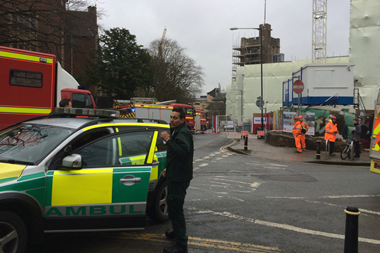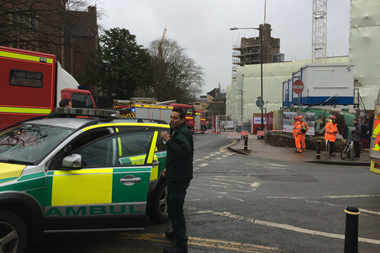Several laboratories and buildings on the University of Delaware’s campus reopened for classes and resumed normal operations on 9 February, following evacuations and then a controlled detonation of ‘a small amount of a shock-sensitive explosive chemical’ inadvertently produced at a research lab on campus the previous day.
The evacuations were in response to a report from the University of Delaware’s Environmental Health and Safety office. The Delaware State Police investigated the materials, removed them from the building and transferred them to a safe outdoor location where they were ‘neutralised’ on the evening of 8 February, the university announced.
‘This was an isolated incident, and there is no threat to campus health or safety,’ the University of Delaware said. ‘No injuries were reported.’ The school declined to release further details of what was exploded and why or what reaction was being run. Chatter on social media suggested that a chemistry graduate student accidentally made triacetone triperoxide, also known as TATP, which is synthesised from acetone, hydrogen peroxide and an acid. A graduate student at the University of Bristol inadvertently made 30–40g of TATP in 2017, requiring a bomb disposal team to dispose of the material.
‘Our safety people did a top-notch job and responded quickly. It was just so sudden and unexpected,’ tweeted Mike Axiotes, an undergraduate student in the University of Delaware’s chemistry department. ‘We were talking about vinyl chloride burn in subgroups as a safety/making reactions count talk and then boom (pun intended) we’re being evacuated 3 hours later.’

















No comments yet